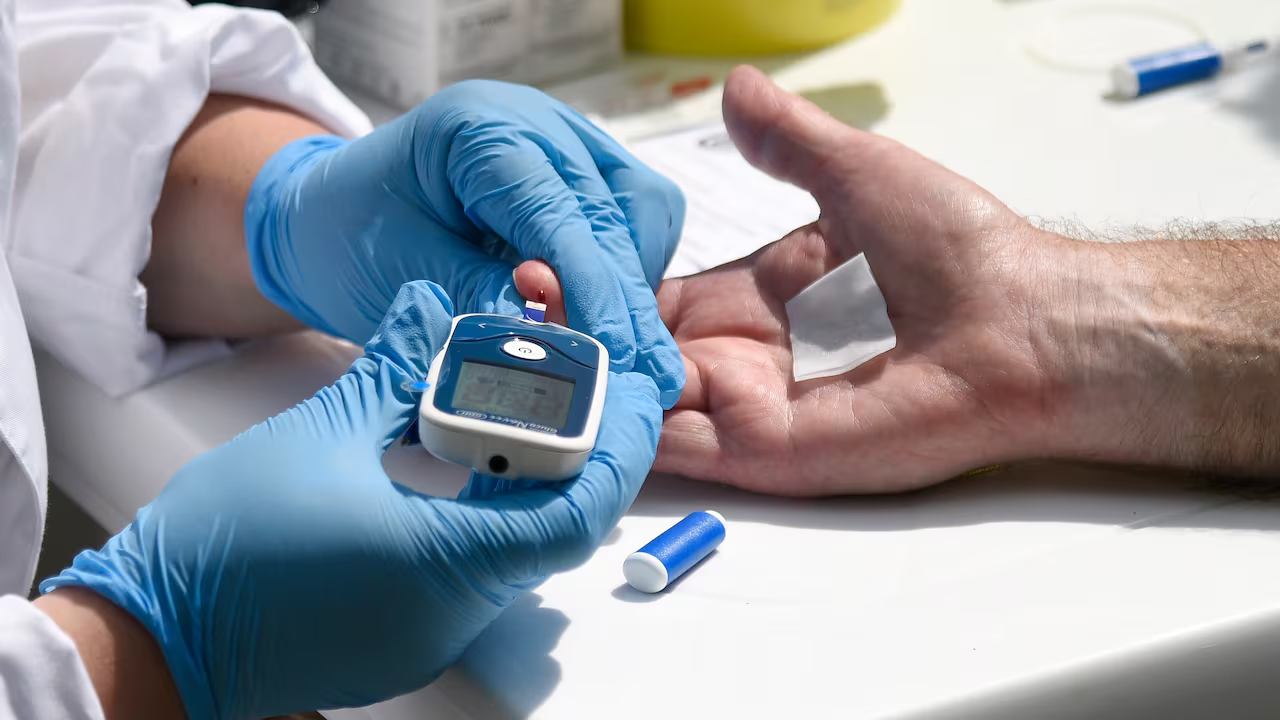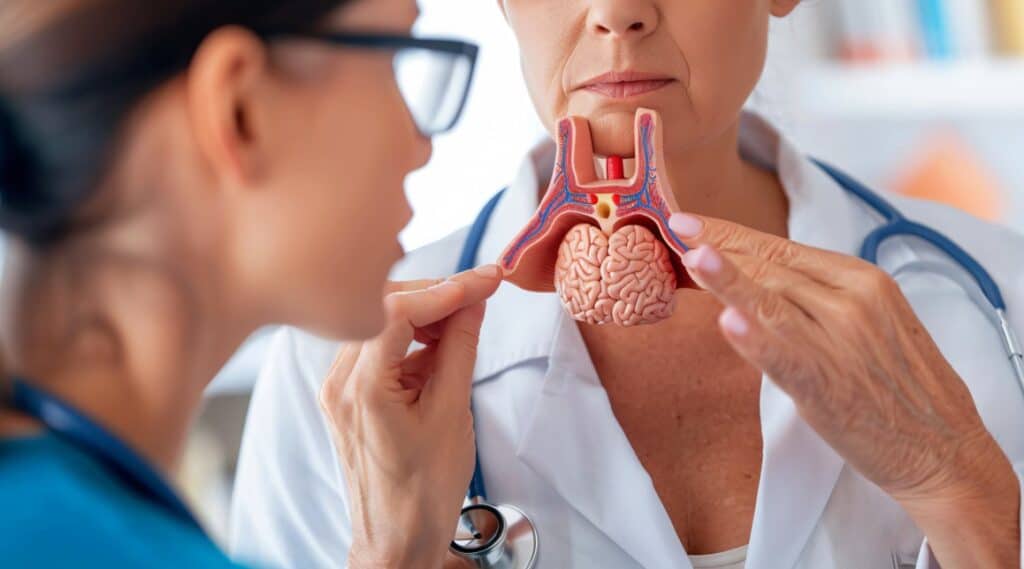
How to Integrate Holistic Medicine with Conventional Treatments?
What if the key to unlocking your full health potential lies not in choosing between traditional medicine and holistic practices, but in skillfully combining the two? From ancient wisdom to







